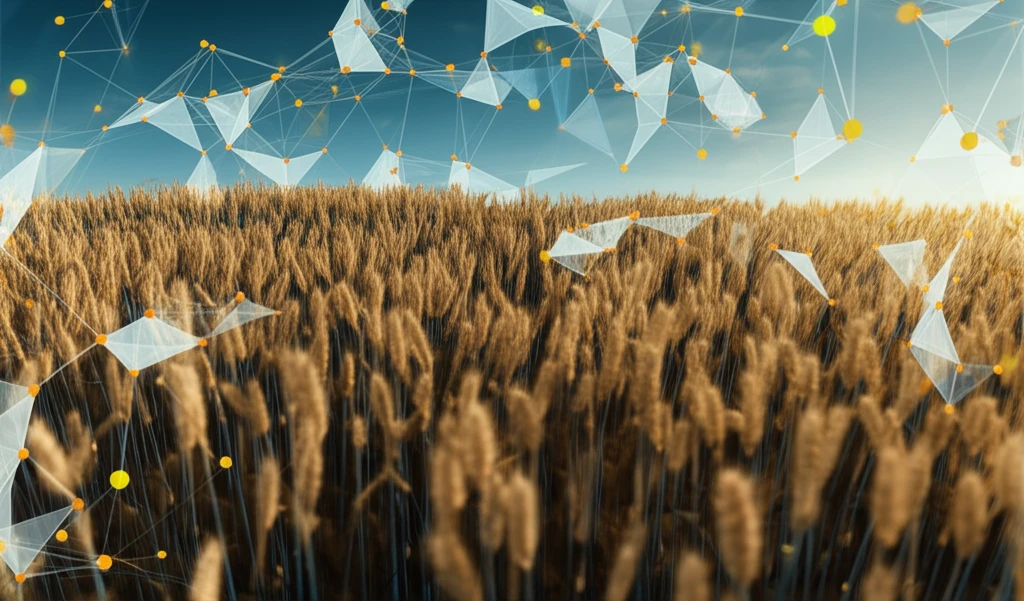
Decoding the Market: Can Network Analysis Predict Grain Price Trends?
"Uncover hidden patterns in commodity markets using cutting-edge econophysics. Can complex networks offer insights for investors and consumers?"
The global food market is a complex web of supply, demand, and economic factors, making price prediction a daunting task. Fluctuations in the prices of staple foods like wheat, maize, and soybeans can have far-reaching consequences, affecting everything from individual household budgets to national economies. Understanding and predicting these price movements is crucial for ensuring food security and economic stability.
Traditional methods of market analysis often fall short in capturing the intricate dynamics of commodity prices. These approaches may overlook nonlinear associations and long-range dependencies that significantly influence market behavior. As a result, there is a growing need for innovative tools and techniques that can unravel the complexities of food markets.
Enter econophysics, an interdisciplinary field that applies methods from physics to analyze economic phenomena. One such method is visibility graph (VG) analysis, a technique that transforms time series data into complex networks. These networks can then be studied using tools from network science to reveal hidden patterns and relationships. A new research article explores how visibility graph analysis can be used to decode the dynamics of grain and oilseed prices, offering fresh insights into market trends.
What is Visibility Graph Analysis and Why Does It Matter?

Visibility graph analysis provides a unique way to visualize and analyze time series data. In this method, each data point in a time series becomes a node in a network. Two nodes are connected if they are "visible" to each other, meaning that a straight line can be drawn between them without being blocked by any intervening data points. This transformation creates a network that captures the underlying structure and dependencies in the original time series.
- Revealing Hidden Patterns: VG analysis captures nonlinear associations and long-range dependencies often missed by traditional methods.
- Understanding Market Dynamics: By studying the network structure, analysts can gain insights into market trends and relationships.
- Improving Predictions: The insights gained from VG analysis can potentially improve the accuracy of price forecasts.
The Future of Econophysics in Commodity Markets
The study highlights the potential of visibility graph analysis as a valuable tool for understanding commodity price dynamics and ensuring food security. The research underscores the multifaceted nature of commodity price dynamics when viewed through the lens of network science. The identification of persistent trends, scale-free structures, and small-world properties within these VGs opens up new avenues for understanding and predicting market behaviors. As researchers delve deeper into the intricate connections between market behavior and network structures, the future of commodity market analysis is likely to be shaped by interdisciplinary approaches that bridge the gap between economics and physics. By harnessing the power of econophysics, we can strive towards a more stable and predictable global food market.
